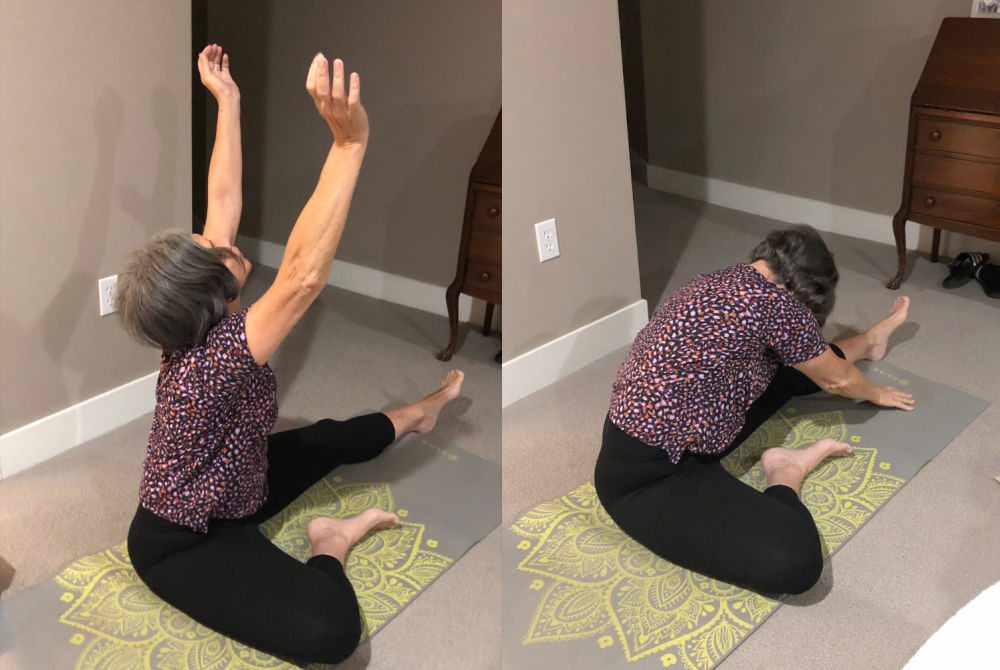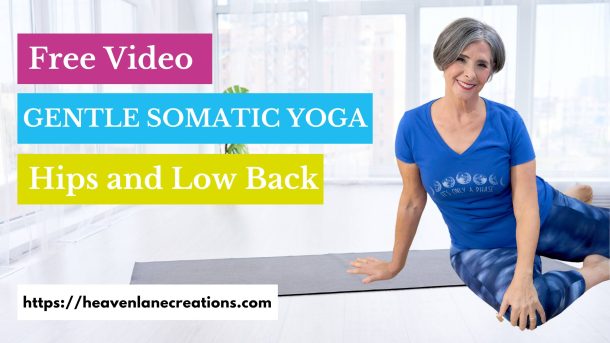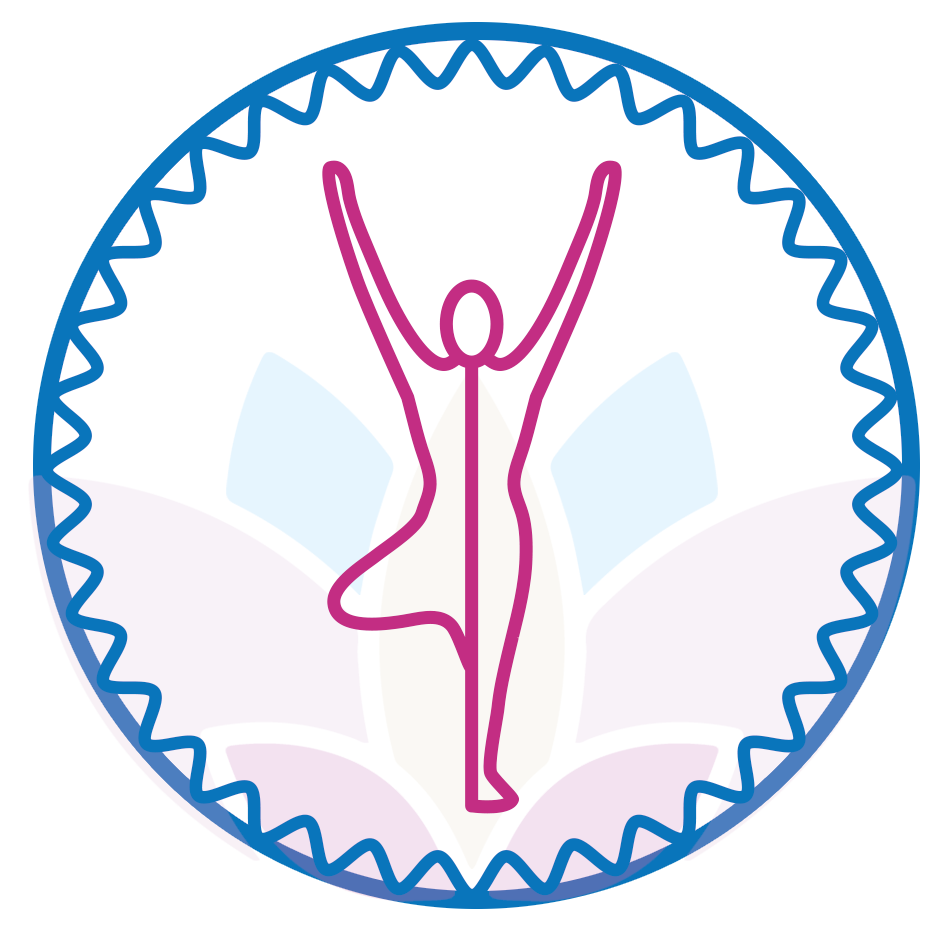
Gentle Somatic Yoga is Tailor-Made for People with Chronic Pain
Did you know that the root cause of most chronic muscle pain is sensory-motor amnesia (SMA)? In simple terms, years after you have recovered from a trauma to the body or emotional trauma, you can still be experiencing pain or numbness there because the sensory-motor complex has stopped communicating with that part of the body! To compensate for this temporary amnesia, you may end up overworking other muscles.
Even worse, you might become totally fearful of moving that part of the body at all. Thus begins a chronic pain cycle and the frustrating search for relief. A visit to a massage therapist will work temporarily but then the pain comes back! Why is that so? It is because you have not re-educated and reprogrammed your brain to body communication. That is where Somatics comes in.
I am a double certified Gentle Somatics Yoga teacher who has been helping others feel better and recover sooner with this miraculous way of healing the body. One student told me after a GSY session, that these new yoga practices are “life-changing for him”. I would have to agree.
Here is a bit about how Somatics works:
In Somatics we use Pandiculations. (What is that you might ask?) Pandiculation is the engagement of a set of muscles and then an extremely slow mindful release of that set of muscles. It helps your brain get clear on the differences between a tense muscle and a relaxed muscle. Your brain likes contrast, according to Gentle Somatics Yoga (GSY) Founder and teacher James Knight.
Another term that might be unfamiliar is micromovements, which is feathering a part of your body back and forth slowly and smoothly in multiple directions. Unsconsciously, most of us repeat the same patterns of movement all day. Even our yoga practices are repetitive. See the very short video below for an example of pandiculating and micromovements.
10 Tips When Practicing Somatic Yoga Flows
- INTENTION: As in any yoga class, setting an intention before your practice will focus your attention on what you want to accomplish. Where focus goes, energy flows. A mantra can help. James Knight suggests these. “Make the impossible possible; Make the possible easy; Make the easy elegant.” If they do not resonate, come up with your own. I use “My body moves with comfort and ease”.
- MOVE WITH PLEASURE: Never endure discomfort and always move with pleasure in GSY. Paying attention to your body’s feedback with curiosity and compassion should help you regain mobility over time.
- SLOW AND SMOOTH: The brain learns best when in a relaxed state, so keep your movements slow and smooth. “Think of GSY as a moving meditation,” Knight says.
- PROCESS OF DISCOVERY: Practice with the mindset of a child learning something new. In fact, somatic educators studied small children and animals to develop many of the flows.
- PERFORM MOVEMENT WITH EYES CLOSED WHENEVER YOU FEEL SAFE TO DO SO: It is optimal to keep your eyes closed to limit other sensory information. This keeps your focus internal, rather than external, which aids in the re-patterning and re-education processes.
- SECRET TENSION: Figure out where you hold secret tension in your body. Those areas that are chronically tense create pain throughout the whole body and lead to imbalances.
- THE BREATH: Maintain your natural, easeful breath during Somatic Flows. Trying to control your breath while learning so much new information will overload the brain. Between the flows, practicing breath practices can be very effective. Be aware if your breath is very shallow because that often indicates hidden tension in the body.
- REPETITION: In Somatics, we suggest you do not hold any position for longer than 3 seconds so that your body does not go into the Stretch Reflex, which is an involuntary recoiling of muscle groups when they are protecting the body from perceived danger. Also, suggestions are to only do 3-5 repetitions of one movement to avoid reinforcing bad habits. Think “Less is More”.
- PRACTICE ON A FIRM SURFACE AND FEEL FREE TO USE PROPS AND MODIFY WHEN NEEDED: Practicing on a firm surface will allow you to better sense the floor against your body. Chairs can be used for many of the practices and if you are unable to do the move, you can visualize it. Remember you are working with the brain and nervous system. Props and modifications are to allow you to access the flows. Any discomfort you feel in your body will cause contractions.
- BODY SCANS: After each Soma Flow, pause for 10-60 seconds to notice any differences which allow your body and mind to integrate the new learnings.
Check out this amazing Gentle Somatic Yoga Low Back and Hip Routine to see if Somatics can help you Feel Better Today and Age Vibrantly No Matter What You Are Facing!
With Heart,
Andrea





This is brilliant and fun!
Thank you.